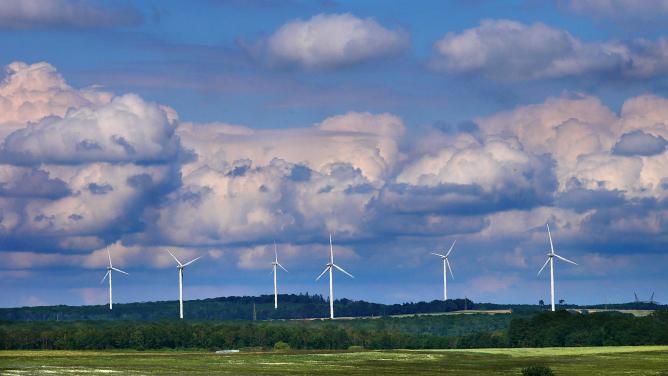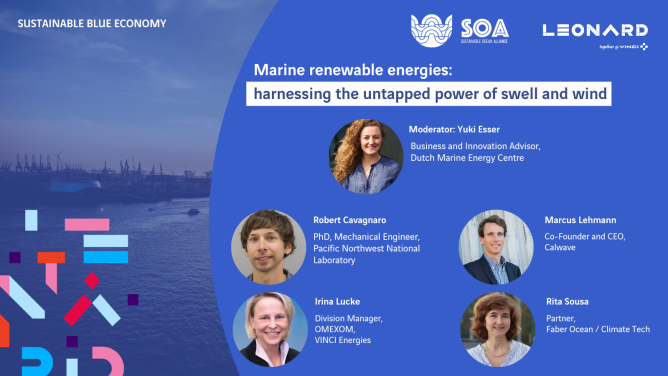
In the construction industry, tackling climate change means reducing energy consumption. In France, for example, more than half of all energy consumption originates in buildings. The economist Alain Grandjean reminds us that it is not enough to reduce the amount of energy consumed; energy production must also become carbon-free. Focusing solely on energy use often leads to neglecting certain factors that are directly linked to greenhouse gases. This oversight can be enough to erase all efforts made in the building sector.
A user’s guide to carbon-free homes
So, how does one get to carbon-free housing? One recent study set out to find out the best way to embed this concept by focusing on Austin, Texas. The capital city offered an interesting context: its fast growing population will require a significant increase in energy demand over the next few years.
The study found that any plan to efficiently reduce greenhouse gases would have to focus on two objectives: using electricity to power building equipment (lighting, heating and hot water) and decarbonizing the source of that electricity.
A third plan of action, thermal efficiency, should be put in place to both reduce the costs of the initial efforts by an average of 37% and overall dependence on carbon emissions. Working towards energy optimization would reduce C02 emissions by 90% by 2050, with a cost increase of only 7% compared to a scenario without carbon reduction measures!
Prioritizing electricity
“Our short-term goal is to improve energy efficiency in gas heating […]” says one of the study’s authors. “But beyond applying more discipline, it’s really becoming necessary to rely more on electricity: using fossil fuels to heat buildings is no longer feasible”.
Moving to electricity and using carbon-free sources are therefore the top priorities for residential buildings. The public sector and local authorities are providing a wider range of options to make this happen, including electricity for mobility networks, which is of particular interest to the players in the building sector, for whom the indirect greenhouse gas emissions from transportation is significant (20% of overall emissions).
Going electric means going flexible
The study also finds that going electric brings on two clear advantages. The first consists of allowing for existing buildings to shift the mix of their energy sources, which is the focal point for the most significant change: by using electricity that comes more from renewable sources, the cost of decarbonizing remains low.
Electricity is also a means for making energy supplies more flexible. If users connect their equipment to networks, they can also adjust their consumption relative to workload peaks. This strategy has great potential: in the United States, they are expecting to generate almost 90 gigawatts of flexible energy by 2023, which represents more than three times the estimates from 2017. The vast majority of this estimate relies upon the use of “smart” and solar-powered appliances, but also on batteries used to stock energy at home, a technology that used to be reserved for the automobile industry. Electricity is reshaping the energy landscape for players in the building, energy and automobile industries, but also in the digital world.


